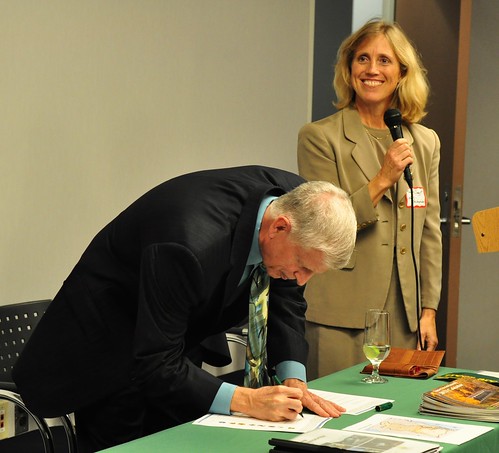
Urban and community forests, agroforestry, fish and wildlife habitat, mining areas and contaminated lands are the targets of a restoration strategy aimed to help the Chesapeake Bay, the largest estuary in the U.S.
The final Chesapeake Restoration Strategy, a multi-agency effort released this month by the Forest Service, relies heavily on collaboration among partners in federal, state and local governments, watershed and community organizations and private partners.
Forests are a critical ecosystem component that supports major Chesapeake Bay goals — clean water, healthy watersheds, wildlife habitat, fisheries, land conservation, citizen stewardship, and climate change response. The strategy will help guide Chesapeake Bay partners on where forest restoration actions are most needed and provides them with innovative ideas and tools for advancing forest restoration.
In the 1970s, it was discovered that the Chesapeake Bay contained one of the planet's first identified marine dead zones. Many fish were killed because the water was depleted of oxygen. Today, the bay's dead zones are estimated to kill 75,000 tons of bottom-dwelling clams and worms each year.
According to the Chesapeake Bay Program, 17 million people live in the watershed, and each one directly affects the bay. There are about 64,000 square miles in the watershed, which starts as far north as New York and runs through six states and the District of Columbia on its way to the ocean.

The Forest Service, an agency of the U.S. Department of Agriculture, has been a partner in the Chesapeake Bay Program since 1990. The agency helps to coordinate federal, state, and local actions that demonstrate how forests, and individual trees, contribute to water quality and other ecosystem functions.
Forests are the most beneficial land use for water quality. However, forests are being lost in the watershed at a rate of nearly 100 acres per day.
In 2010, in order to improve overall ecosystem function, and in response to Executive Order 13508, a federal leadership team was established and signed off on a Strategy for Protecting and Restoring the Chesapeake Bay. In addition to USDA, other departments on the Federal Leadership are the Environmental Protection Agency and the Departments of Defense, Homeland Security, Interior, and Transportation.
Get more information on the Forest Restoration Strategy can be accessed through the Executive Order 13508 website.
